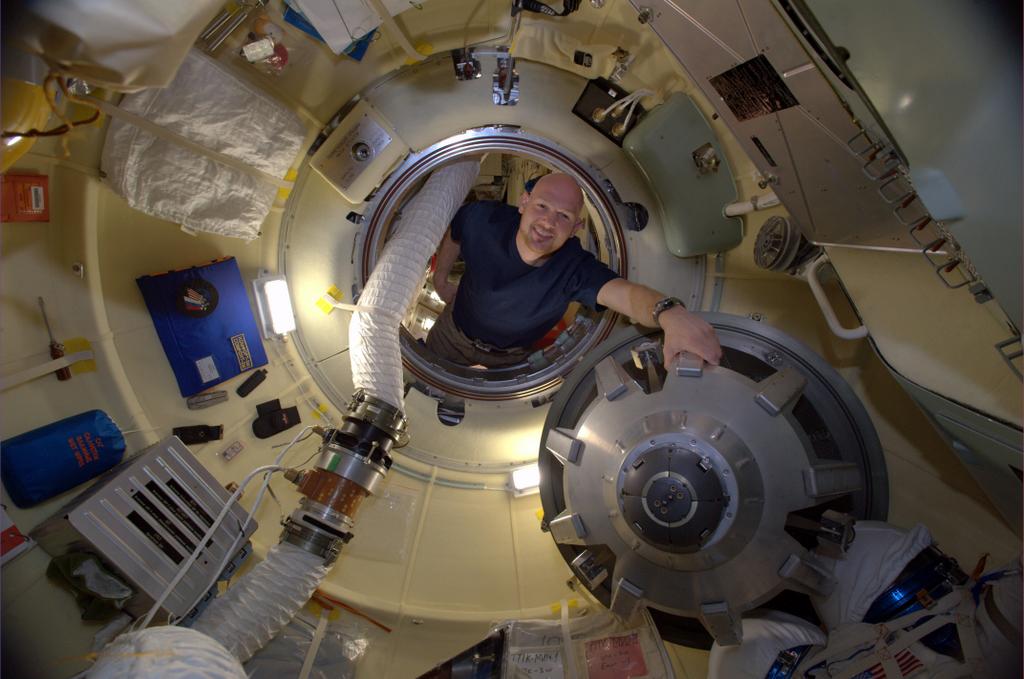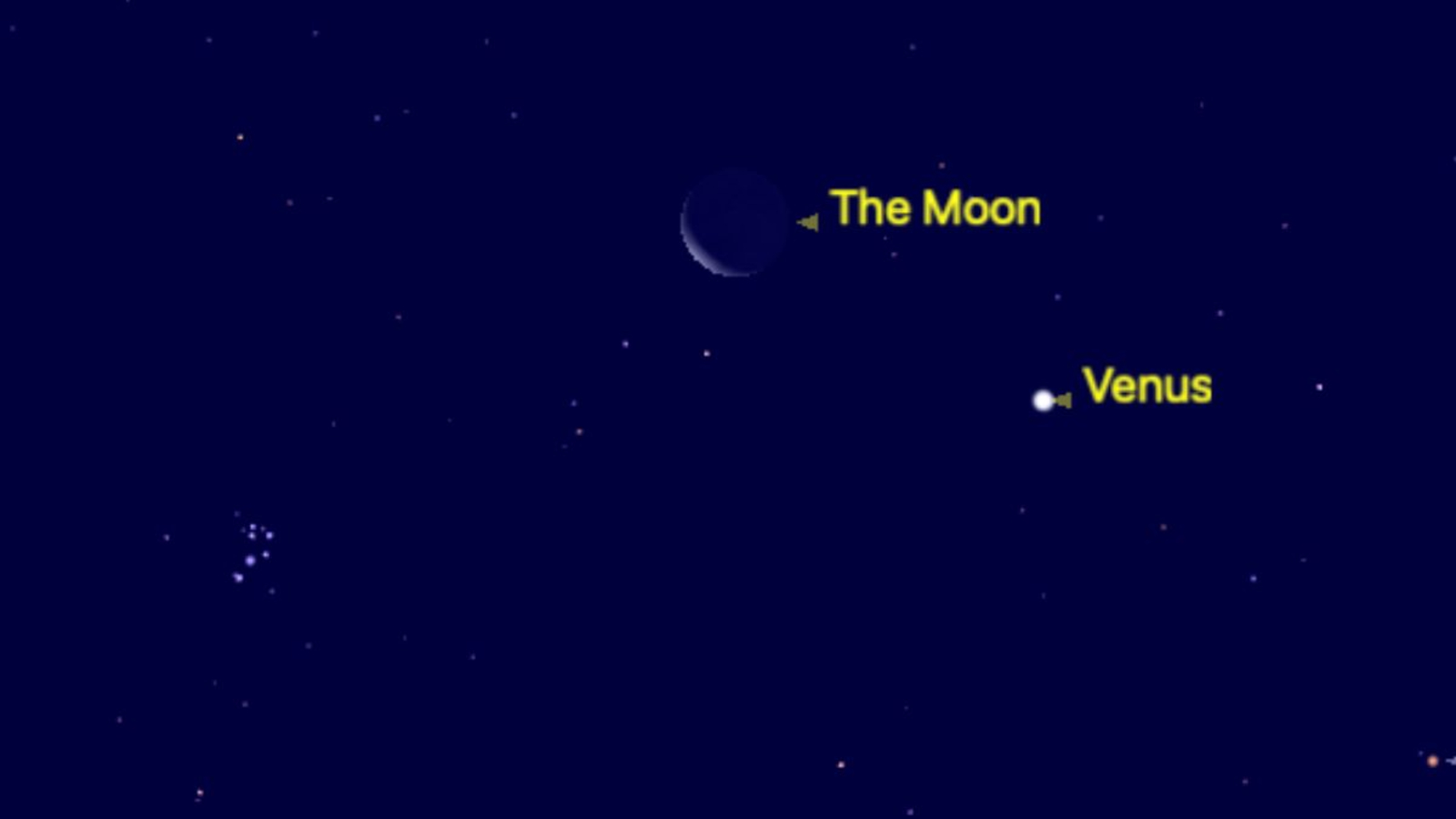Astronaut's View on Israel-Gaza Conflict: No Borders Visible from Space
Earlier this week, German astronaut Alexander Gerst posted photos of Israel and the Gaza Strip from space. He reported, with sadness, that he could see rocket explosions over the region as he passed overhead at night.
The images went viral. As of this morning (July 25), one of the pictures has been retweeted more than 39,000 times. And today, Gerst reflected on the grief he felt as he saw signs of the deadly conflict from the International Space Station, at an altitude of 248 miles (400 kilometers).
"Some things that on Earth we see in the news every day and thus almost tend to accept as a 'given,' appear very different from our perspective," Gerst wrote in a blog post on the European Space Agency's website. [Photos: Amazing Images of Earth from Space]
"We do not see any borders from space," Gerst said. "We just see a unique planet with a thin, fragile atmosphere, suspended in a vast and hostile darkness. From up here it is crystal clear that on Earth we are one humanity, we eventually all share the same fate."

While world leaders push for a truce, the death toll from the 18-day conflict now includes more than 800 Palestinians, mostly civilians, and 36 Israelis, mostly soldiers, the BBC reported.
Gerst explained that he noticed unusual streaks of light and "orange fireballs" on the planet after he floated into the space station's cupola — a dome with seven large windows that look down at Earth. He said he didn't realize what he was looking at until after he snapped a few photos. Though he didn't capture any explosions in the pictures, Gerst said he saw several blasts.
"What came to my mind at the time of this photo was, if we ever will be visited by another species from somewhere in the universe, how would we explain to them what they might see as the very first thing when they look at our planet?" Gerst wrote. "How would we explain to them the way we humans treat not only each other but also our fragile blue planet, the only home we have? I do not have an answer for that."
Breaking space news, the latest updates on rocket launches, skywatching events and more!
Gerst left Earth on May 28 for a 5.5-month stay aboard the space station. He launched inside of a Russian Soyuz capsule with NASA astronaut Reid Wiseman and cosmonaut Maxim Suraev. Those three men, along with NASA's Steve Swanson and cosmonauts Alexander Skvortsov and Oleg Artemyev, make up the Expedition 40 crew currently living inside the $100 billion orbiting lab.
Follow Megan Gannon on Twitter and Google+. Follow us @Spacedotcom, Facebook or Google+. Originally published on Space.com.
Join our Space Forums to keep talking space on the latest missions, night sky and more! And if you have a news tip, correction or comment, let us know at: community@space.com.

Megan has been writing for Live Science and Space.com since 2012. Her interests range from archaeology to space exploration, and she has a bachelor's degree in English and art history from New York University. Megan spent two years as a reporter on the national desk at NewsCore. She has watched dinosaur auctions, witnessed rocket launches, licked ancient pottery sherds in Cyprus and flown in zero gravity on a Zero Gravity Corp. to follow students sparking weightless fires for science. Follow her on Twitter for her latest project.
